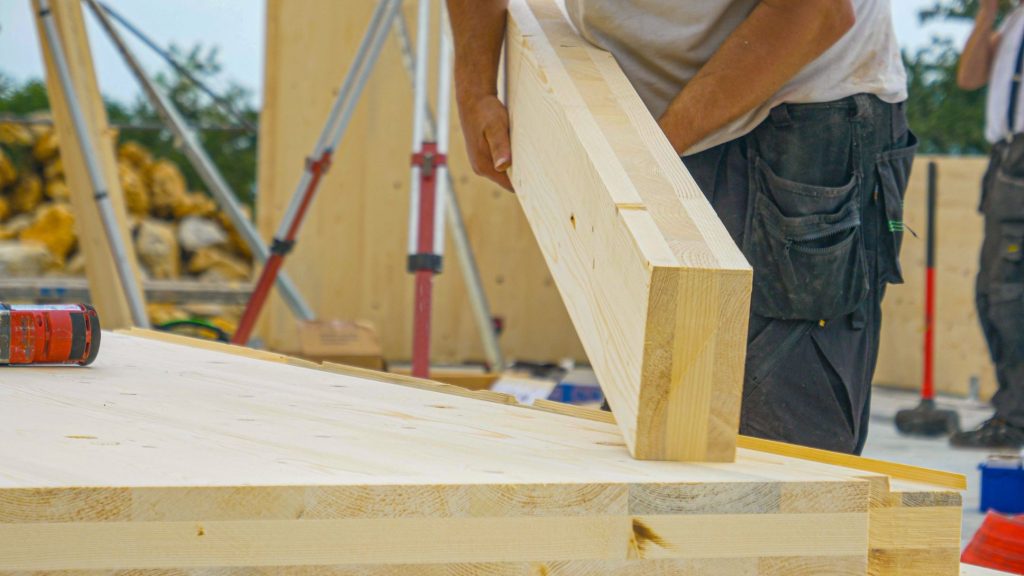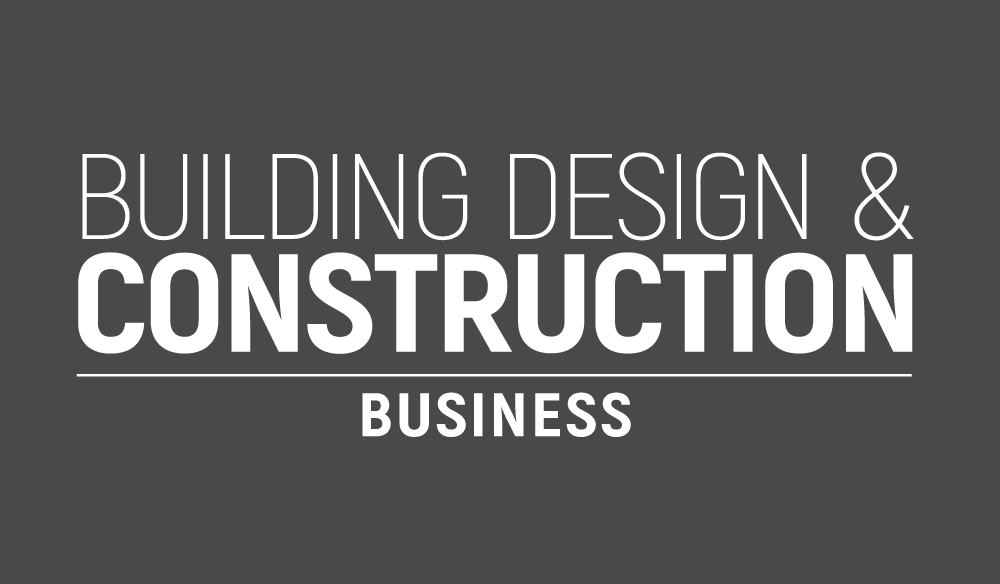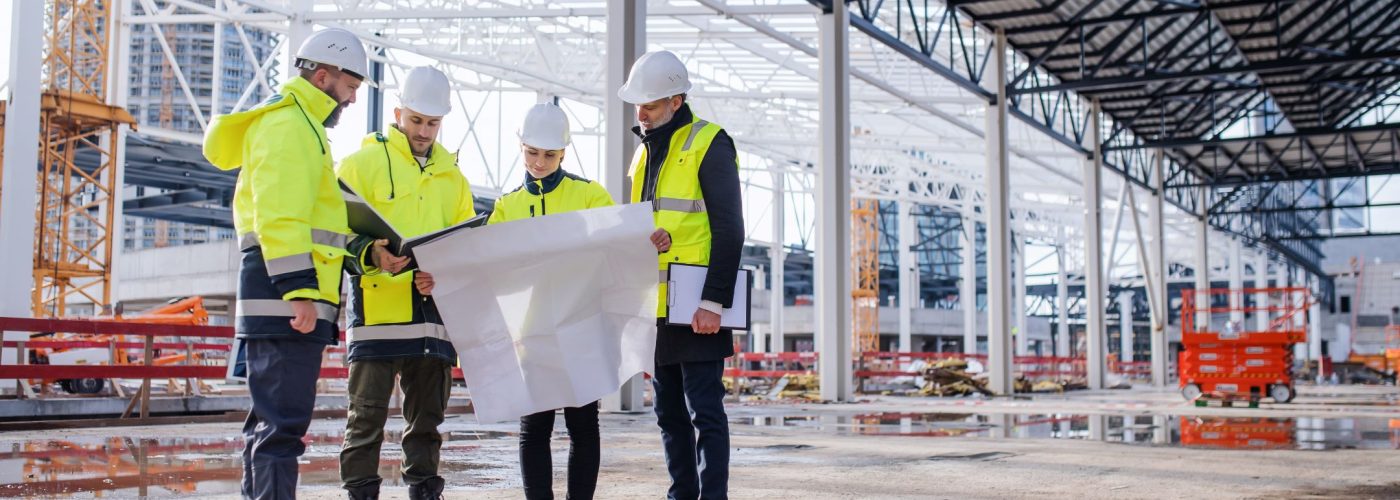When it comes to building strong structures, steel and concrete have always been the go-to materials. But what if you could achieve the same strength and durability with less weight? Thanks to new advancements in construction materials, that’s what’s happening.
Lightweight building materials are making waves in construction, offering benefits beyond just reducing weight. They’re changing how buildings are designed and constructed, saving time, reducing costs, and, most importantly, helping us build more sustainably. Whether you’re a contractor, architect, or simply interested in how modern construction is evolving, you’ll want to know about these innovative materials.
In this article, we’ll explore the lightweight materials that are transforming the industry. Read on for the details!
1. Fabric Structures
Fabric structures are transforming modern construction with their innovative design. Made from tensile fabrics stretched over a frame, these buildings are strong, flexible, and lightweight. While commonly used in temporary buildings like sports arenas and exhibition halls, fabric structures are now being adapted for more permanent applications, including commercial and residential projects.
One of the biggest advantages is that these structures are far lighter than concrete or steel. The fabric’s flexibility allows for wide spans without bulky supports, creating vast open spaces free from obstructive columns.
Sustainability is another key benefit. Modern fabric structure manufacturing prioritizes recyclable materials, reducing environmental impact. The fabrics are energy-efficient, offering natural insulation and daylighting—cutting down on artificial heating, cooling, and lighting costs.
Speed is also a major advantage. You can assemble these buildings in a fraction of the time compared to traditional methods. And if needed, they can be disassembled and relocated, offering unmatched flexibility for changing project needs.
2. Fiberglass Insulation
Fiberglass serves more purposes than just insulation in modern construction projects. This versatile material consists of tiny glass fibers that create efficient thermal and acoustic barriers when installed on walls, ceilings, and floors. Many green building projects favor fiberglass for its lightweight properties and performance advantages.
Buildings insulated with fiberglass require less energy for heating and cooling, resulting in lower utility bills over time. The material offers excellent safety benefits because it won’t burn when exposed to flames, making it ideal for structures needing enhanced fire protection.
Fiberglass’s environmental profile also stands out, as manufacturers produce it from abundant sand and recycled glass. These readily available raw materials ensure sustainable production while delivering consistent performance. Homeowners and builders alike appreciate how fiberglass combines practical benefits with ecological responsibility.
3. Lightweight Concrete
Lightweight concrete is created by adding lightweight aggregates like expanded clay, shale, or perlite. It’s lighter than traditional concrete but retains much of its strength and durability. This makes it especially useful in projects where reducing weight is essential without sacrificing structural integrity.
A major benefit of lightweight concrete is its improved insulation. Compared to conventional concrete, it offers better thermal and acoustic properties, which helps improve buildings’ energy efficiency.
In addition to insulation, its reduced weight also helps with load management. The lighter material reduces foundation strain, perfecting it for high-rise buildings and areas with weak soil.
Furthermore, despite being lighter, this concrete remains highly durable and fire-resistant. This makes it suitable for various applications, such as floors, roofs, and walls, while providing long-term performance and safety.
4. Aerated Concrete Blocks
Aerated concrete blocks, called autoclaved aerated concrete (AAC) blocks, provide a lightweight alternative to traditional concrete. These blocks contain numerous small air pockets created when manufacturers mix cement, lime, water, and foaming agents. The resulting material weighs significantly less than standard concrete while maintaining structural integrity.
These innovative blocks excel in thermal insulation, keeping indoor temperatures stable throughout the seasons. As these blocks naturally regulate temperature, your heating and cooling costs decrease. The exceptional fire resistance of AAC blocks makes them perfect for safety-conscious construction projects.
Their porous structure absorbs sound, creating quieter indoor environments, which is especially valuable in noisy urban areas. Builders appreciate how these blocks combine lightweight handling with impressive performance across multiple construction requirements.
5. Structural Insulated Panels
Structural insulated panels (SIPs) combine insulating foam between two layers of structural board, typically oriented strand board. These innovative panels deliver excellent insulation alongside structural strength while weighing much less than conventional framing materials.
Construction timelines shrink dramatically with SIPs because they arrive at job sites pre-cut and ready for immediate installation. This streamlined approach eliminates many traditional framing steps. The continuous insulation layer within these panels creates an exceptional thermal barrier, which reduces energy consumption for climate control.
Though lightweight, these insulated panels demonstrate remarkable strength under load-bearing conditions. Their impressive structural capacity makes them suitable for diverse applications across homes and commercial structures. Builders appreciate how these panels solve multiple construction challenges simultaneously while keeping overall building weight minimal.
6. Bamboo
Bamboo stands as a sustainable material with thousands of years of construction history. Modern engineering transforms this traditional resource into lightweight alternatives for contemporary building projects. The natural properties of bamboo—strength, flexibility, and rapid growth—make it increasingly relevant for today’s construction needs.
This remarkable plant grows at exceptional speeds while actively absorbing atmospheric carbon dioxide. Harvesting bamboo causes minimal environmental disruption because the plant continues growing from its extensive root system. Moreover, bamboo demonstrates impressive structural capabilities with a tensile strength comparable to steel despite weighing significantly less.
Construction professionals appreciate bamboo’s adaptability across numerous applications. The material is equally effective for forming basic structural frameworks or creating detailed design elements.
This versatility makes bamboo suitable for diverse projects, from homes to commercial buildings. As sustainability concerns increase, bamboo continues to gain popularity as an environmentally responsible building material that delivers genuine performance benefits.
7. Recycled Plastic Lumber
Recycled plastic lumber transforms post-consumer waste like bottles and containers into functional construction materials. This sustainable wood alternative continues to gain traction for outdoor projects, including decks, fences, and landscape features.
Environmental benefits emerge as this material repurposes existing plastic waste instead of demanding new resources. This innovative approach helps address worldwide plastic pollution while creating functional building products. Weather exposure doesn’t threaten plastic lumber since it resists moisture penetration, decay, and insect damage that typically affects traditional wood materials.
Homeowners especially appreciate the minimal upkeep requirements compared to conventional lumber. Without needing regular staining, sealing, or replacement, plastic lumber delivers superior long-term value despite higher initial costs. The combination of durability and low maintenance makes recycled plastic lumber increasingly attractive for sustainable construction projects.
8. Cross-Laminated Timber

Cross-laminated timber (CLT) is an innovative, lightweight building material that’s becoming increasingly popular in the construction industry. It consists of several layers of wood that are bonded together at perpendicular angles using strong adhesives.
CLT combines sustainability and strength, making it an ideal option for residential and commercial buildings. Despite its lightweight, it offers impressive structural integrity, often outperforming traditional concrete and steel.
Like fabric structures, these materials are highly sustainable. Timber is a renewable resource, and CLT helps reduce buildings’ carbon footprint. It also captures and stores carbon dioxide, making CLT a carbon-negative material.
Beyond sustainability, cross-laminated timber is also strong for its weight. It suits multi-story buildings and offers a strength-to-weight ratio that rivals steel and concrete in many applications.
Additionally, it’s easy to construct. Since CLT panels are prefabricated off-site, they can be quickly assembled on-site. This reduces construction time and helps lower labor costs, making it a cost-effective choice for builders.
Conclusion
The construction industry is transforming, with lightweight building materials leading the charge toward more sustainable, efficient, and cost-effective construction practices. From fabric structures to plastic lumber, these materials offer numerous benefits. As demand for more sustainable building practices grows, these innovative materials will likely become more widespread, reshaping how constructors design and build cities and homes.





